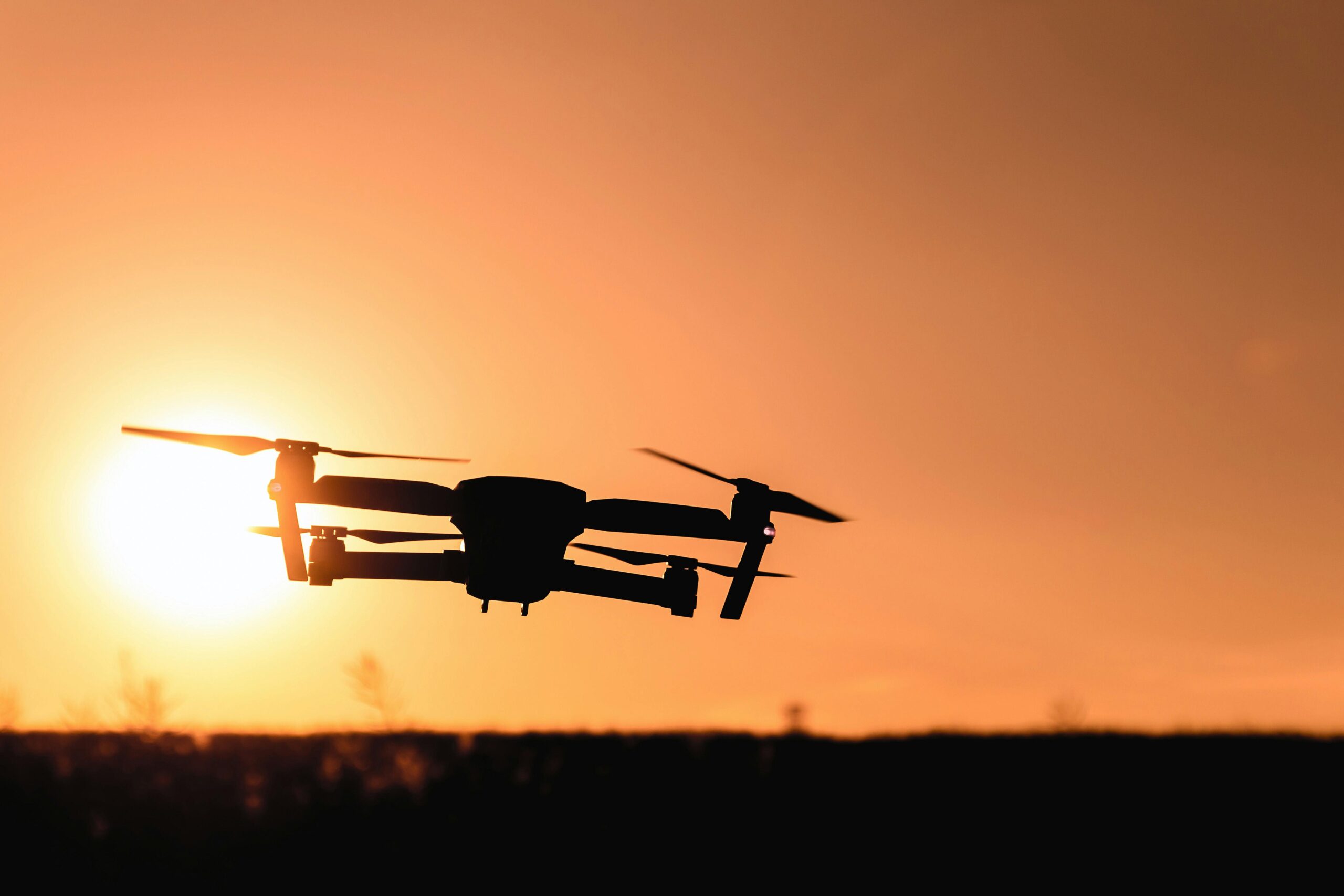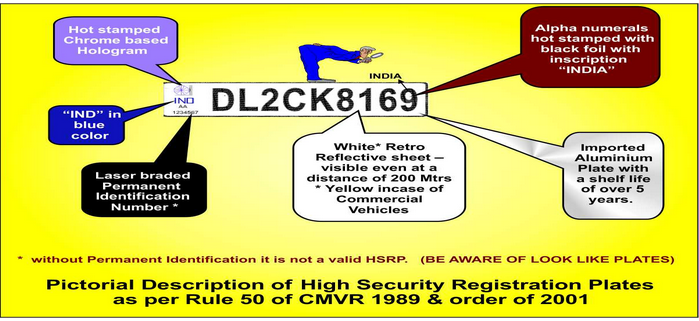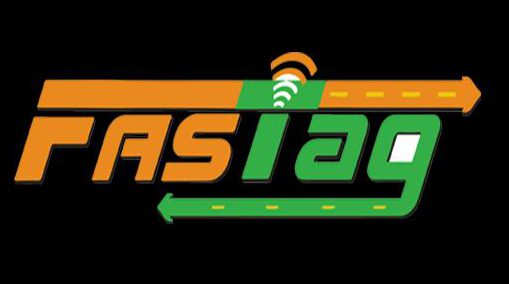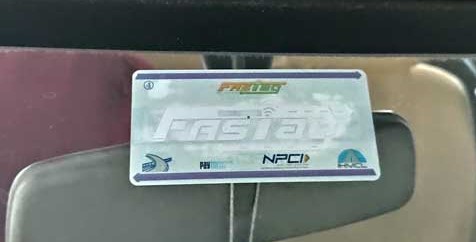Phantom Energy: The Sneaky Power Thief
Ever notice that your electricity bill seems to have a mind of its own? You’re not alone. Even with your best efforts to turn off lights and power down devices, there’s a hidden culprit at play—phantom energy. Yes, your home is haunted… by appliances.
What Is Phantom Energy?
Phantom energy, often referred to as vampire power, is the electricity consumed by devices that are turned “off” but still plugged in. Imagine your TV, charger, or microwave quietly drawing power from the outlet like a midnight snack. While the energy used by each device may seem minimal, it adds up significantly when multiplied across multiple gadgets.
The Usual Suspects
Here are the most notorious offenders in your home:
- Mobile & Laptop Chargers: Still draw power even when not connected to a device.
- TVs & Set-Top Boxes: Remain in standby mode, waiting for your remote.
- Microwaves & Ovens: Keep their digital clocks lit 24/7.
- Game Consoles: “Rest mode” is just a fancy term for continued power consumption.
- Wi-Fi Routers: Operate continuously, whether you’re awake or asleep.
How Much Power Are We Talking About?
A single device on standby typically consumes between 1 and 10 watts. While that may seem harmless, with 10 to 20 devices in an average home, you could be wasting 50 to 200 watts around the clock. Over a year, this can lead to 300 to 500 kilowatt-hours (kWh) of wasted electricity. At an average cost of ₹7 per unit, that translates to ₹2,100 to ₹3,500 lost annually.
Phantom Energy at a Glance
| Appliance (on standby) | Average Standby Power | Units Wasted per Year* | Approx. Cost (₹7/unit)
|——————————–|———————————-|———————————|———————————
| Mobile Charger | 0.5 – 1 watt | 4 – 9 units | ₹30 – ₹65
| Wi-Fi Router | 6 – 10 watts | 52 – 88 units | ₹365 – ₹615
| TV + Set-Top Box | 8 – 15 watts | 70 – 131 units | ₹490 – ₹915
| Microwave | 3 – 5 watts | 26 – 44 units | ₹180 – ₹310
| Game Console | 10 – 15 watts | 88 – 131 units | ₹615 – ₹915
*Assuming 24/7 standby use for one year.
The Prepaid Meter Effect
If you use a prepaid electricity meter, phantom energy can be even more frustrating. Instead of receiving a surprise bill at the end of the month, you watch your balance dwindle as devices sit idle. Chargers, routers, and TVs on standby slowly chip away at your prepaid units, much like a leaky bucket that never stays full.
The One Watt Initiative
To combat this issue globally, the International Energy Agency (IEA) launched the One Watt Initiative, aiming to ensure that all new appliances consume less than 1 watt in standby mode. Some modern devices even target 0.5 watts, demonstrating that energy-efficient designs are achievable. Reducing standby power waste means saving both money and energy.
How to Banish These Power Vampires
Fortunately, you don’t need garlic or holy water—just a few simple strategies:
1. Unplug chargers when not in use.
2. Use power strips—one switch can cut power to multiple devices.
3. Invest in smart plugs for remote control.
4. Activate energy-saving modes on TVs and consoles.
5. Make it a family challenge with prepaid meters: see who can keep daily consumption the lowest.
Phantom energy is like that friend who says, “I’ll just take a bite of your fries” and ends up devouring half the plate. Those small sips of power can add up, and you’re the one footing the bill.
So, unplug, switch off, and take charge of those energy vampires. Your wallet, your prepaid meter balance, and the planet will all benefit.





